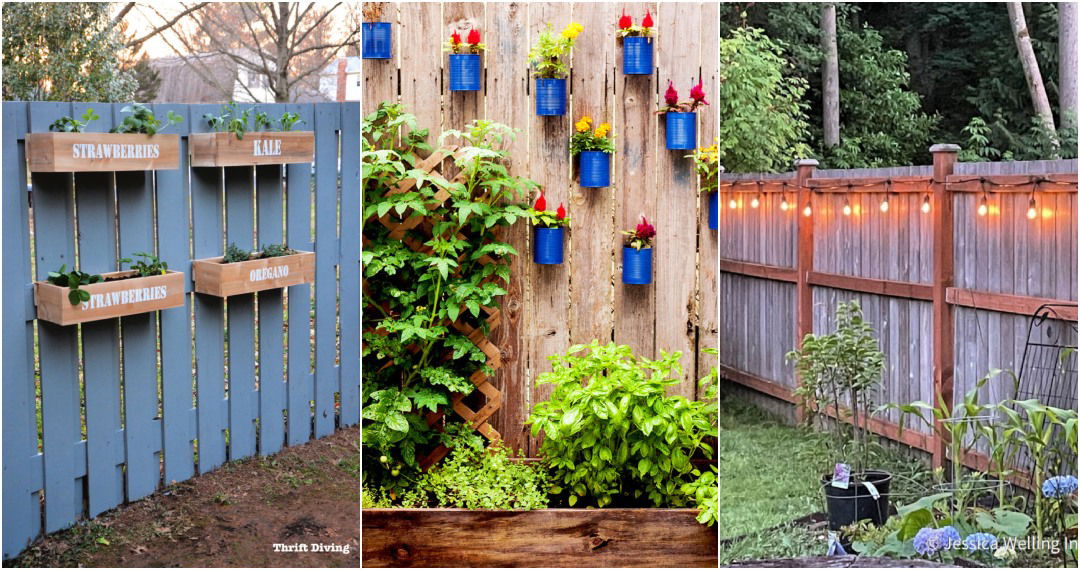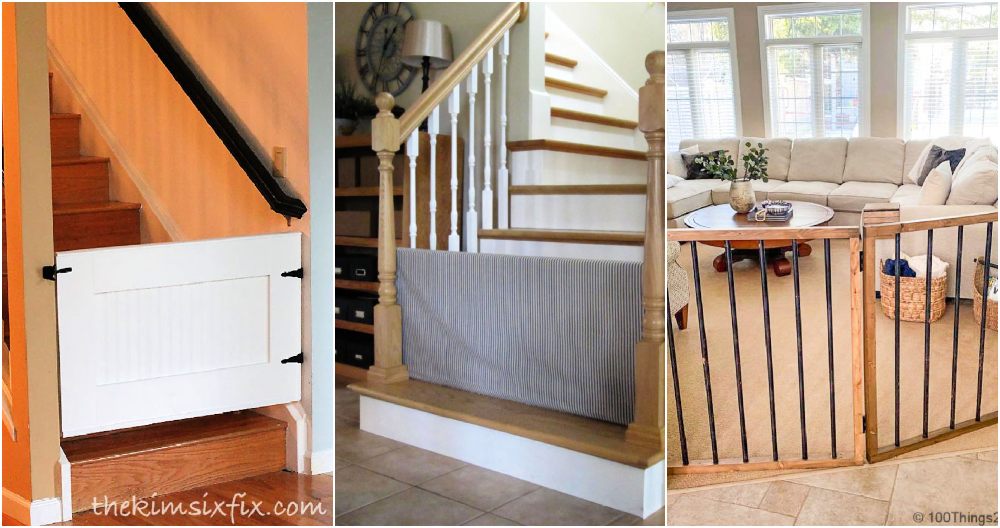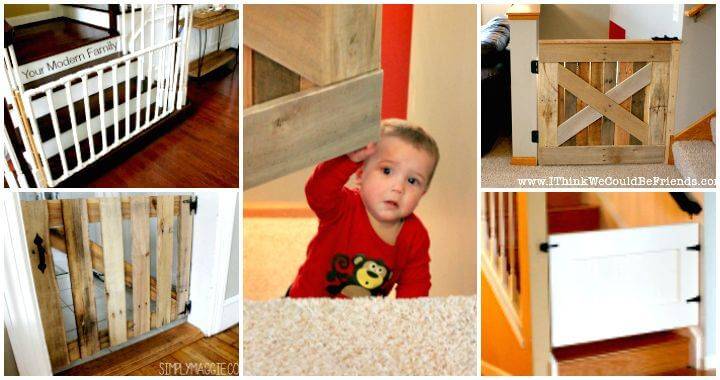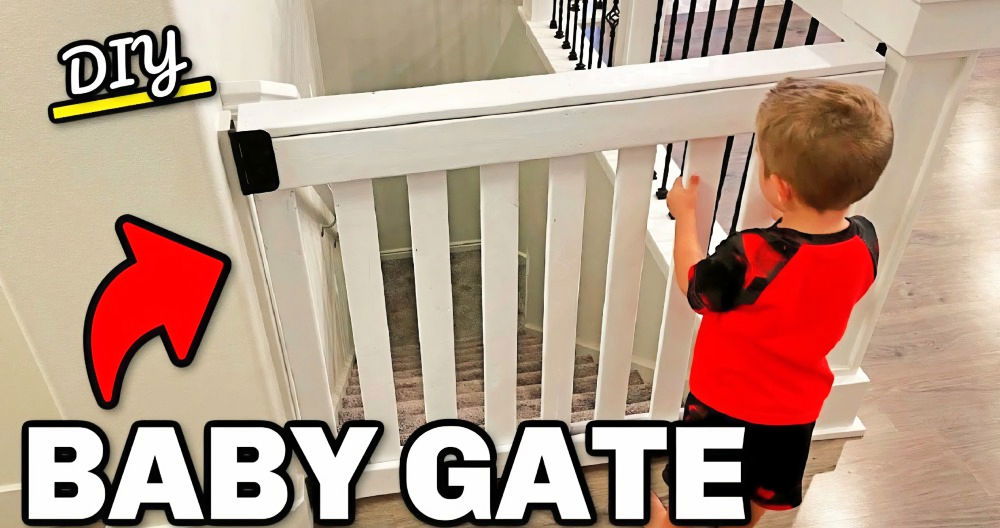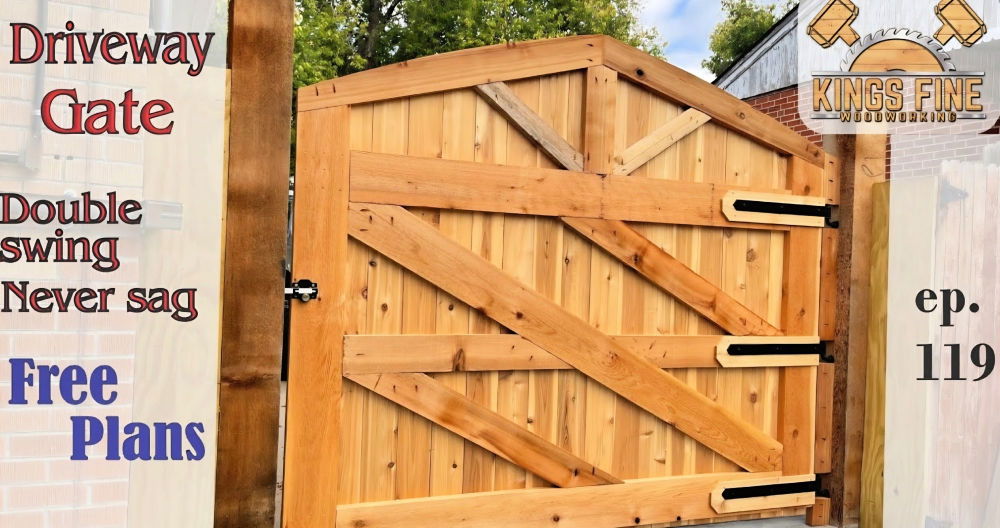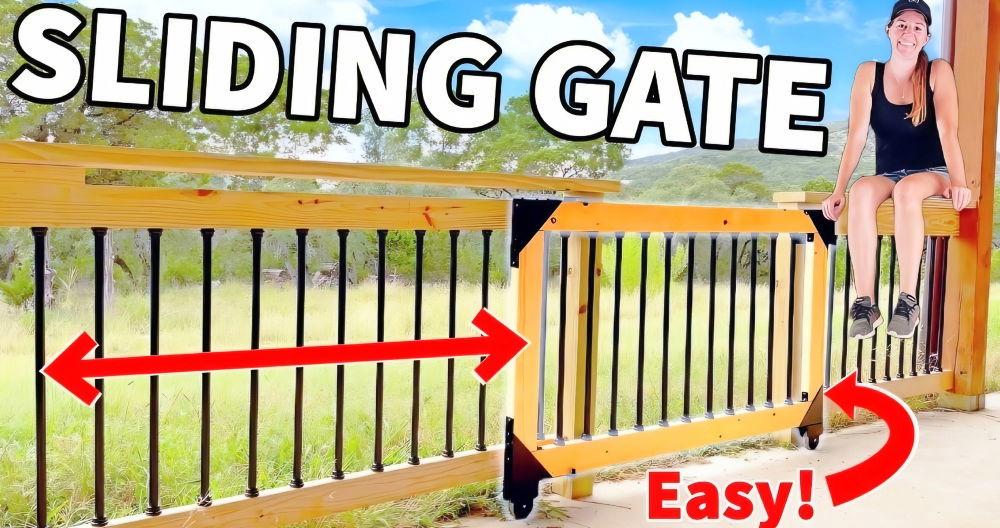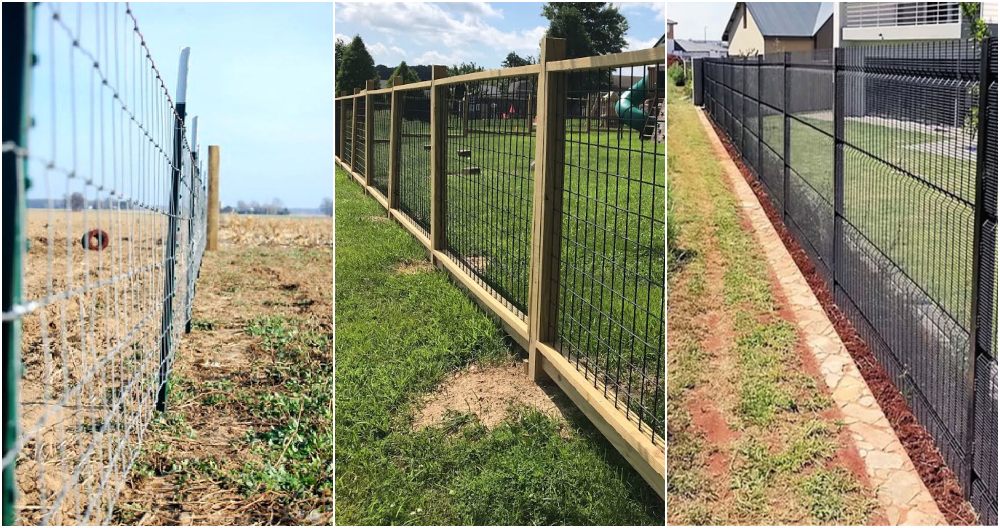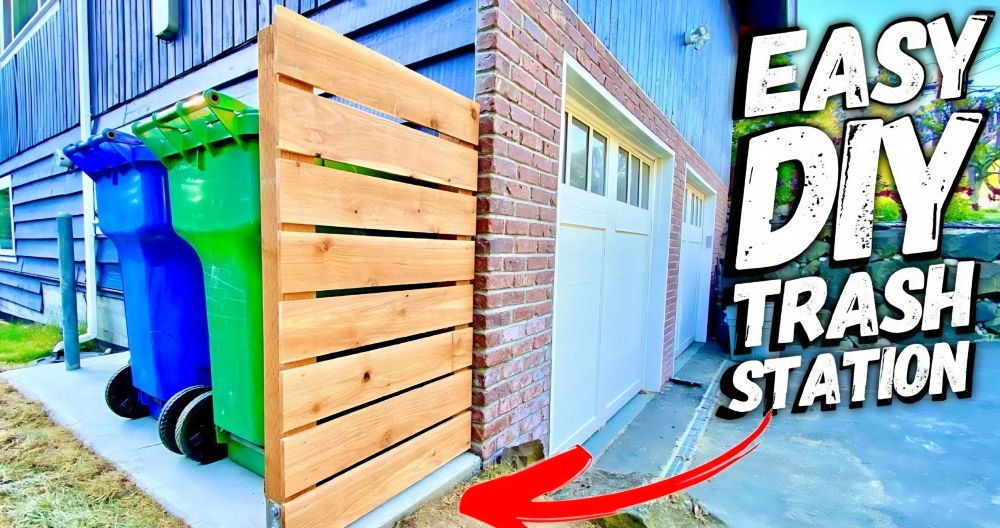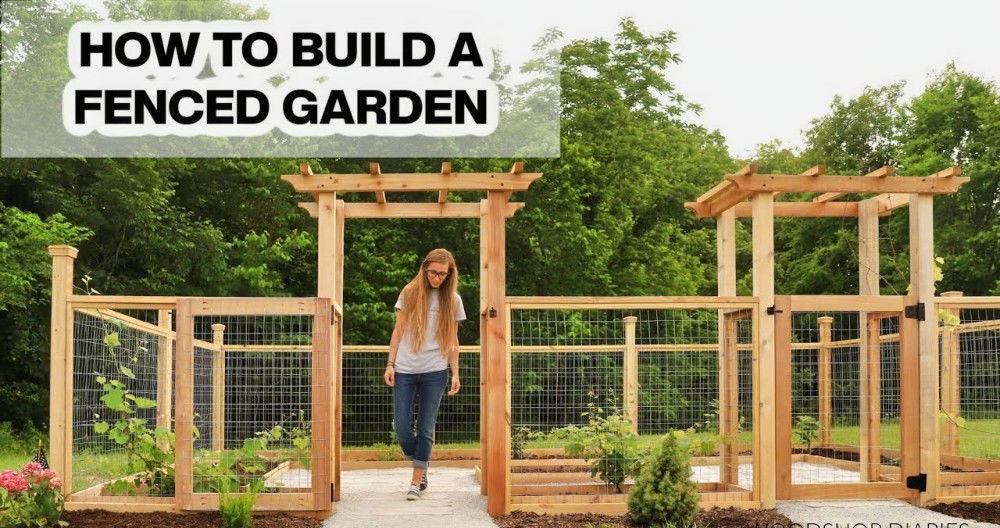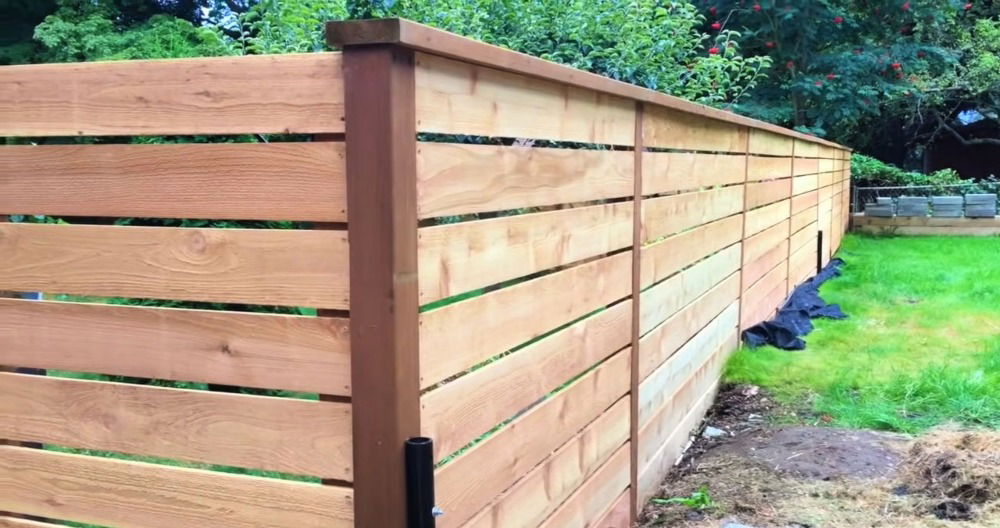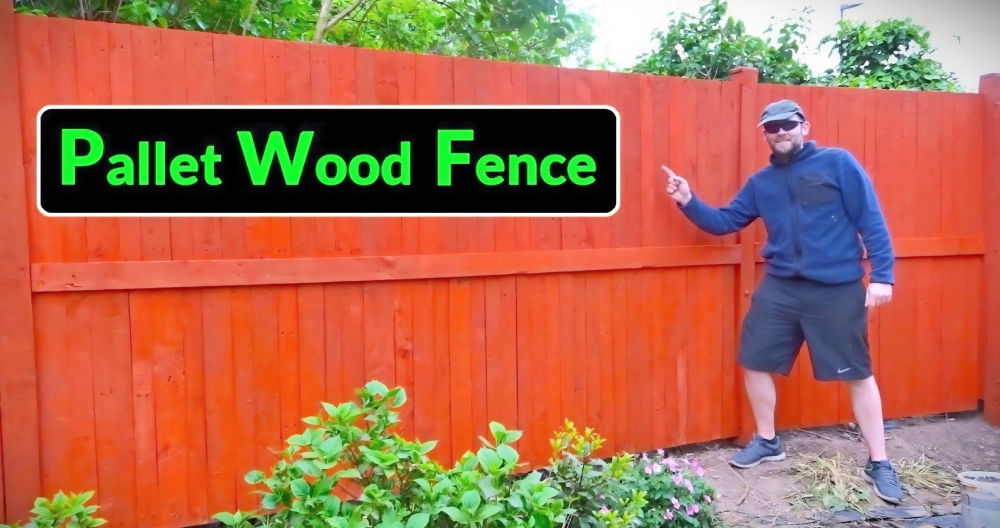Building a DIY double-fence gate can enhance your yard's functionality and security. Whether you need to replace an old gate or install a new one, understanding the basics is crucial. A double gate allows for wider access, making it easier to move large items in and out. This guide will walk you through the necessary steps, ensuring that your double gate fence design is both sturdy and attractive.
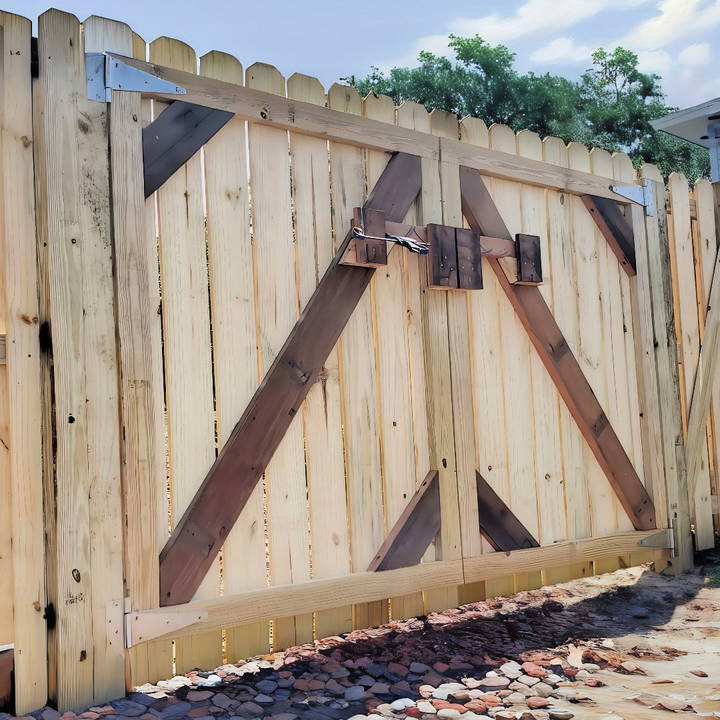
From gathering the right materials to the final installation, you'll learn valuable tips and techniques. You'll start by measuring the opening, choosing the appropriate wood or metal, and then proceed with cutting and assembling the frame. By following the installation steps, you can ensure a smooth and successful project.
Ready to get started? Let's explore the next section on essential materials for your double-fence gate.
Materials Needed
To start off, you'll need specific materials that will make your gate sturdy and long-lasting:
- 4x4 Lumber: These will be used as the primary support posts.
- Cement: Essential for stabilizing your posts.
- Lag Screws: These screws are critical for securing the frame together.
- Cedar Wood: I used leftover cedar for braces because it's light, rot-resistant, and offers good support.
- Hinges: Use robust, stainless steel hinges that can withstand the elements.
- Post Hole Digger: To dig holes for the support posts.
- Speed Square: Ensures all your cuts and corners are square.
- Hand Saw: Convenient for making precise cuts.
Step by Step Instructions
Learn how to build a DIY double swing wood fence gate with easy, step-by-step instructions. Perfect for enhancing your yard.
Step 1: Planning and Preparation
Start by determining where you want your gate to go. Use a string line to ensure the area is level and mark the center point of your desired gate width. For my project, I decided on an 8.5 feet wide gate, so I marked the center and the sides to know where the posts would go.
Step 2: Digging Holes for the Posts
Before you begin digging, make sure to check for any underground utilities. Most local services can help you with this. Once cleared, use a post hole digger to dig deep and wide holes for your support posts. This part can be tedious, especially if you encounter rocks and roots.
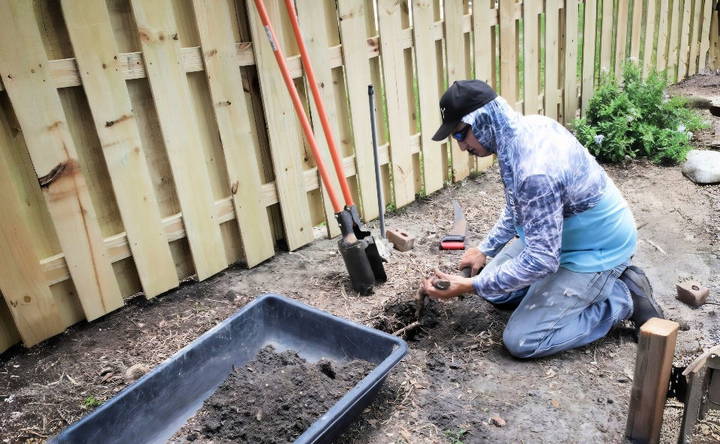
Step 3: Installing the Posts
I used two 4x4s bolted together for each post. Once the holes were dug, I placed the posts in them and used braces to ensure they were plumb. Then, I poured cement into the holes to stabilize the posts. Let the cement cure before proceeding to the next steps.
Step 4: Constructing the Gate Frame
Measure the space between the posts to get an accurate dimension for your gate frame. I cut my framing pieces to be slightly smaller than the space, about an inch less, to allow for hinges and movement.
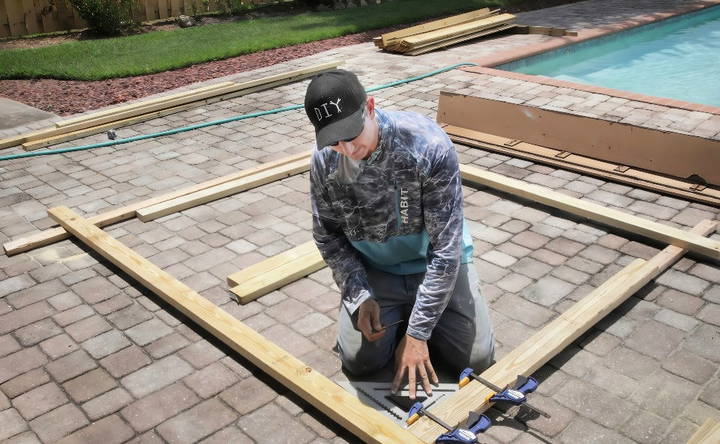
Step 5: Making the Gate Frame
I made one large door frame first, using simple butt joints secured with long lag screws. I clamped a speed square to keep everything square as I drove in the screws. Once the frame was complete, I added cedar cross braces for extra support. These braces were cut to fit and secured using long screws. Cedar is particularly good for this because it's lightweight and resistant to rot.
Step 6: Installing Temporary Braces
With the frame complete, I temporarily braced it in the opening to ensure it stayed square and plumb while I worked on the final adjustments. These temporary braces are crucial at this stage to keep everything aligned.
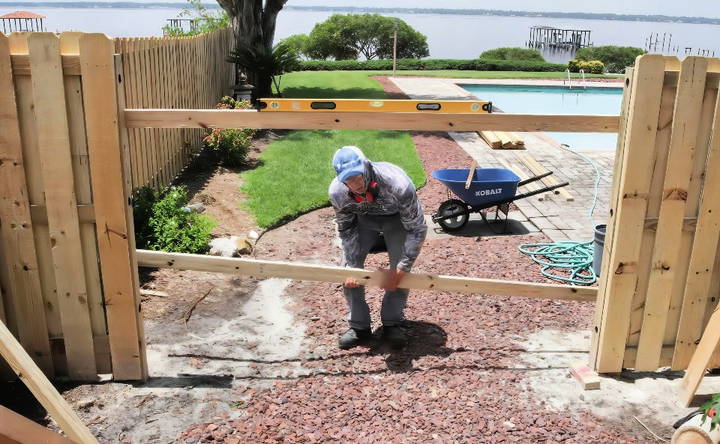
Step 7: Cutting the Gate into Two Doors
Once the frame was securely in place, I cut it into two doors using a handsaw and a speed square to guide my cuts. This method ensured both doors fit perfectly within the frame.
Step 8: Attaching the Hinges
I used ten-inch stainless steel hinges for this gate. Stainless steel is ideal for outdoor projects because it doesn't rust. Position the hinges about 10 inches from the top and bottom of the frame, pre-drill the holes, and secure them with screws.
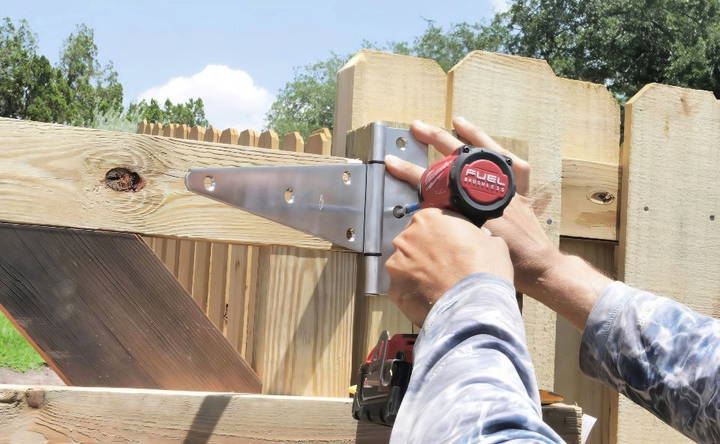
Step 9: Adding a Brace Bar
Instead of a traditional lock, I opted for a brace bar. This bar provides additional structure and stability to the gate, especially in windy conditions. The bar rests on blocks attached to the gate and can slide back and forth to open or close the gate. It's simple yet effective.
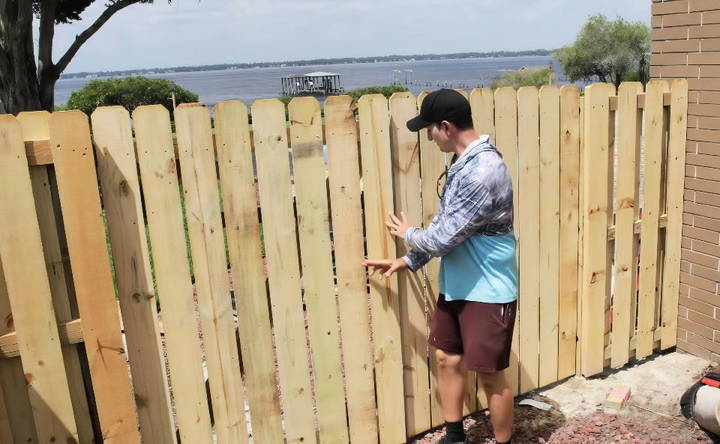
Step 10: Securing with Down Rods
To add further security and stability, I installed down rods. I used cinder blocks filled with concrete for the base and PVC pipes for the rods. These rods keep the gate solidly in place when shut. There's also an additional rod holder to keep the gates open when needed.
Customization Options
When it comes to adding a personal touch to your DIY double swing wood fence gate, the possibilities are endless. Customization not only enhances the aesthetic appeal but also allows you to tailor the gate to your specific needs and preferences. Here are some ideas to inspire your creativity:
Choose Your Wood Wisely
- Hardwood vs. Softwood: Hardwoods like oak or teak offer durability and a rich look, while softwoods like pine are more cost-effective and easier to work with.
- Grain and Color: Select wood with a grain pattern and color that complements your home and garden.
Decorative Elements
- Iron Inserts: Incorporate wrought iron inserts for a classic and sophisticated appearance.
- Carvings: Add carvings or engravings to the wood for a unique and artistic flair.
Functional Add-Ons
- Automatic Openers: For convenience, install automatic gate openers with remote controls.
- Locks and Latches: Choose from a variety of locks and latches to secure your gate.
Finishing Touches
- Stains and Paints: Protect your gate with a stain or paint it in a color that matches your home's exterior.
- Lighting: Install lights on or around the gate for added visibility and ambiance at night.
Eco-Friendly Options
- Solar Panels: Attach small solar panels to power lighting or automatic openers.
- Reclaimed Wood: Use reclaimed wood for an eco-friendly and rustic look.
Seasonal Decor
- Holiday Themes: Decorate your gate with seasonal wreaths, lights, or other festive ornaments.
- Planters: Attach planters to the gate and fill them with flowers or herbs for a living decoration.
By considering these customization options, you can build a double swing wood fence gate that is not only functional but also a reflection of your personal style.
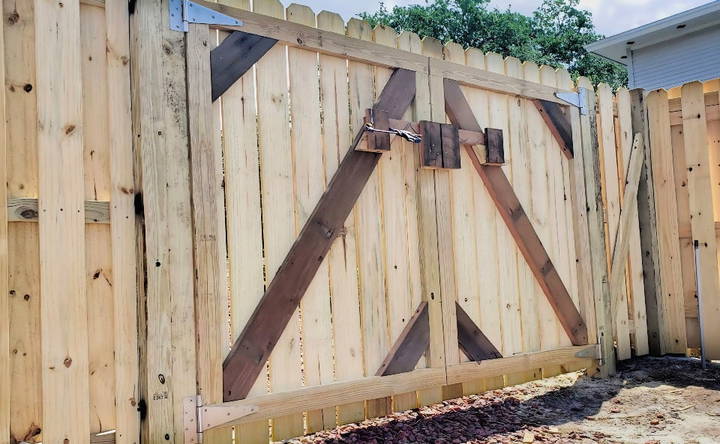
Troubleshooting Common Issues
It can be frustrating to encounter common issues with your devices or services. Here's a helpful guide to troubleshooting and resolving some of the most frequent problems.
- Connectivity Issues: If you're having trouble connecting to the internet, start by checking if your device is in airplane mode. If not, try restarting your router. If the problem persists, contact your service provider for assistance.
- Slow Performance: A device that's running slow could be due to many apps running in the background. Close unnecessary apps and clear the cache. If it's still slow, consider resetting the device to factory settings.
- Battery Draining Quickly: To extend battery life, reduce screen brightness, and turn off location services when not in use. Also, check for any apps that are consuming too much power and uninstall or update them.
- Software Updates: Always keep your software updated. Updates often include fixes for common issues. Check your device settings for any available updates and install them.
- App Crashes: If an app keeps crashing, try updating it. If no update is available, clear the app's cache or data. You can also uninstall and reinstall the app.
- Overheating: If your device is overheating, remove it from direct sunlight and close any intensive apps. Avoid charging it while using heavy apps, and make sure the vents are not blocked.
- Forgotten Passwords: To reset your password securely, use the ‘forgot password' feature, usually available on the login screen.
If these steps don't resolve your issue, it's always a good idea to seek professional help. Keep your devices in good health by regularly performing maintenance tasks and updates.
FAQs About DIY Double Swing Wood Fence Gate
Get answers to common FAQs about DIY double swing wood fence gates. Discover tips, tools, and techniques for a successful installation.
To prevent sagging:
Use a cross-brace in the gate construction.
Install sturdy hinges and secure them properly.
Ensure the gate is balanced and swings freely without dragging.
Regular maintenance, such as tightening loose hardware, can also help.
Yes, you can build a gate on a slope by:
Stepping the gate panels to follow the slope.
Using double gates with one higher than the other.
Adjusting the hinge side to be level, which may require custom fabrication.
The ideal width depends on the use:
For pedestrian access, 3 to 4 feet for each gate leaf is sufficient.
For vehicle access, 8 to 10 feet in total width is recommended.
Ensure there's a small gap between the gates for smooth operation.
Selecting the right hinges is crucial for the functionality of your double swing gate. Consider the following:
Weight capacity: Ensure the hinges can support the weight of your gate.
Size and type: Larger gates require heavier and more robust hinges. Strap hinges or T-hinges are common choices.
Material: Opt for weather-resistant materials like galvanized steel to prevent rust and corrosion.
Adjustability: Adjustable hinges allow for minor alterations after installation, which can be helpful to keep your gates level over time.
Regular maintenance will extend the life of your wood fence gate:
Inspect your gate periodically for any loose or damaged hardware and tighten or replace as needed.
Clean the wood surfaces to remove dirt and debris.
Check for signs of wood rot or insect damage and address promptly.
Apply a wood preservative or sealant every few years to protect against weathering and UV damage.
Lubricate the hinges and latch mechanism to ensure smooth operation.
Final Thoughts
Wrapping up, learning how to build a double fence gate can add both functionality and style to your property. By following these steps and using the right materials, you can build a sturdy and attractive double gate. Remember to measure carefully, choose durable hardware, and take your time with each step. Building a double fence gate yourself can be a rewarding project that enhances your home's appeal and privacy. Happy building!


